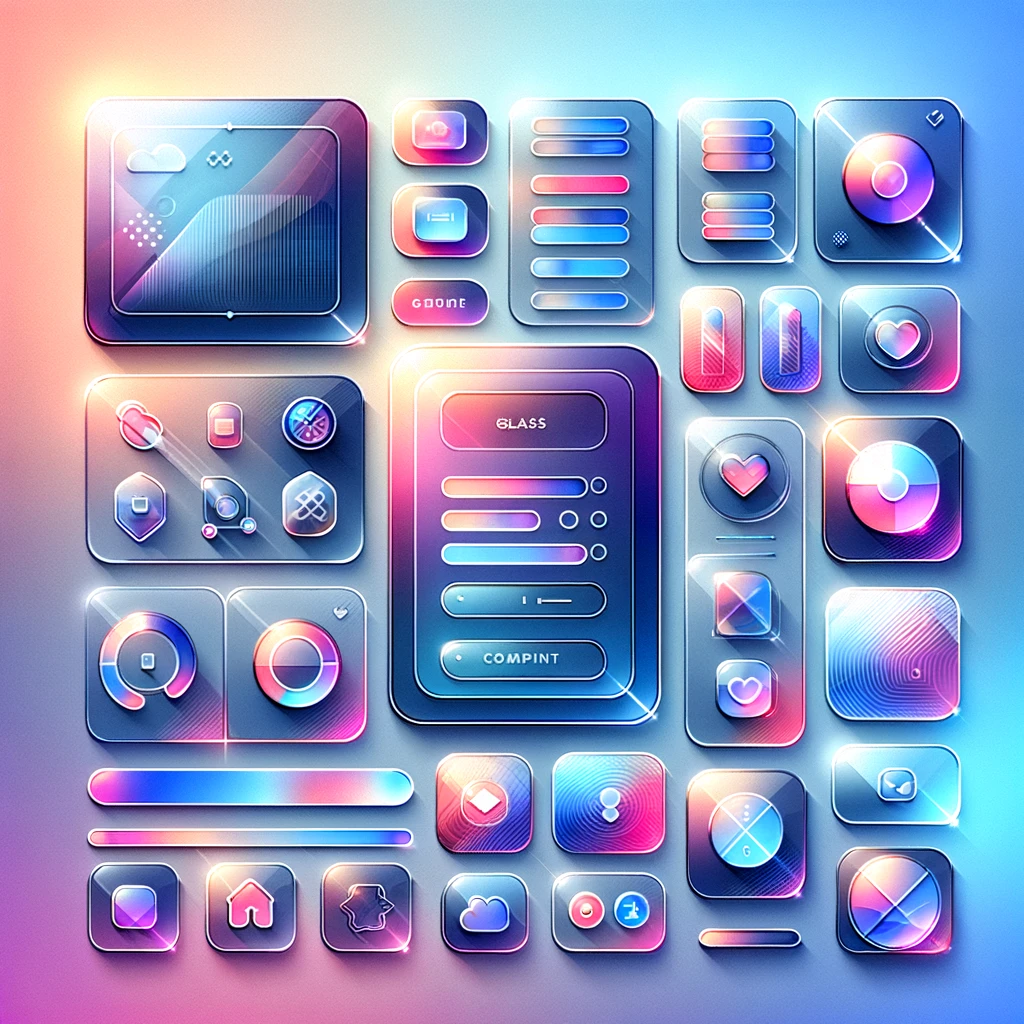UIImageView in UIKit
UIImageView is a fundamental component in the UIKit framework, providing a user interface element that allows developers to display images in their iOS applications.

UIImageView in UIKit
UIImageView is a fundamental component in the UIKit framework, providing a user interface element that allows developers to display images in their iOS applications. In this article, we will explore what UIImageViews are, the various functionalities they offer, and provide practical code examples to demonstrate how you can implement and customize them in your iOS projects.
What is a UIImageView?
A UIImageView is a subclass of UIView that is designed specifically for displaying images. It is a simple and efficient way to show images, whether they are static pictures or animations, in your app. UIImageViews are commonly used to present graphical content and enhance the visual appeal of the user interface.
UIImageViews offer a variety of customization options and functionalities. Here are some key things you can do with UIImageViews:
- Set Image: Display an image using the image property.
- Content Mode: Adjust how the image is displayed within the bounds of the UIImageView using the contentMode property.
- Animations: Display a series of images as an animation using the animationImages property.
- Tint Color: Apply a tint color to the image using the tintColor property.
- Clipping: Control whether subviews are confined to the UIImageView's bounds using the clipsToBounds property.
Implementing UIImageViews in Swift
Let's dive into some code examples to see how you can create, customize, and work with UIImageViews in Swift.
To create a simple UIImageView, you can initialize it with a frame and set an image. Here is an example:
import UIKit
class ViewController: UIViewController {
override func viewDidLoad() {
super.viewDidLoad()
// Create a UIImageView with a frame
let myImageView = UIImageView(frame: CGRect(x: 50, y: 100, width: 200, height: 200))
myImageView.image = UIImage(named: "exampleImage")
// Add the UIImageView to the view controller's view
self.view.addSubview(myImageView)
}
}
In this example, we create a UIImageView with a specified frame and set its image property. The image view is then added to the view controller's view hierarchy.
Customizing a UIImageView
You can customize UIImageViews by setting various properties, such as content mode, tint color, and clipping. Here is an example:
import UIKit
class ViewController: UIViewController {
override func viewDidLoad() {
super.viewDidLoad()
// Create a UIImageView
let myImageView = UIImageView()
myImageView.translatesAutoresizingMaskIntoConstraints = false
myImageView.image = UIImage(named: "exampleImage")
myImageView.contentMode = .scaleAspectFit
myImageView.tintColor = .blue
myImageView.clipsToBounds = true
// Add the UIImageView to the view controller's view
self.view.addSubview(myImageView)
// Set Auto Layout constraints
NSLayoutConstraint.activate([
myImageView.centerXAnchor.constraint(equalTo: self.view.centerXAnchor),
myImageView.centerYAnchor.constraint(equalTo: self.view.centerYAnchor),
myImageView.widthAnchor.constraint(equalToConstant: 200),
myImageView.heightAnchor.constraint(equalToConstant: 200)
])
}
}
In this example, we create a UIImageView and customize its content mode, tint color, and clipping behavior. We also use Auto Layout to center the image view and set its width and height constraints.
Animating UIImageViews
UIImageViews can display a series of images as an animation. Here is an example of setting up an animated UIImageView:
import UIKit
class ViewController: UIViewController {
override func viewDidLoad() {
super.viewDidLoad()
// Create a UIImageView
let myImageView = UIImageView()
myImageView.translatesAutoresizingMaskIntoConstraints = false
myImageView.animationImages = [
UIImage(named: "frame1"),
UIImage(named: "frame2"),
UIImage(named: "frame3"),
UIImage(named: "frame4")
].compactMap { $0 }
myImageView.animationDuration = 1.0
myImageView.startAnimating()
// Add the UIImageView to the view controller's view
self.view.addSubview(myImageView)
// Set Auto Layout constraints
NSLayoutConstraint.activate([
myImageView.centerXAnchor.constraint(equalTo: self.view.centerXAnchor),
myImageView.centerYAnchor.constraint(equalTo: self.view.centerYAnchor),
myImageView.widthAnchor.constraint(equalToConstant: 200),
myImageView.heightAnchor.constraint(equalToConstant: 200)
])
}
}
In this example, we create a UIImageView and set its animationImages property with an array of UIImage objects. We also set the animation duration and start the animation using the startAnimating method. The image view is centered using Auto Layout constraints.
Using UIImageView with URL Images
You can load images from URLs and display them in a UIImageView using URLSession or third-party libraries like SDWebImage. Here is an example of loading an image from a URL using URLSession:
import UIKit
class ViewController: UIViewController {
override func viewDidLoad() {
super.viewDidLoad()
// Create a UIImageView
let myImageView = UIImageView()
myImageView.translatesAutoresizingMaskIntoConstraints = false
myImageView.contentMode = .scaleAspectFit
// Add the UIImageView to the view controller's view
self.view.addSubview(myImageView)
// Set Auto Layout constraints
NSLayoutConstraint.activate([
myImageView.centerXAnchor.constraint(equalTo: self.view.centerXAnchor),
myImageView.centerYAnchor.constraint(equalTo: self.view.centerYAnchor),
myImageView.widthAnchor.constraint(equalToConstant: 200),
myImageView.heightAnchor.constraint(equalToConstant: 200)
])
// Load image from URL
let url = URL(string: "https://example.com/image.png")!
URLSession.shared.dataTask(with: url) { data, response, error in
guard let data = data, error == nil else { return }
DispatchQueue.main.async {
myImageView.image = UIImage(data: data)
}
}.resume()
}
}
In this example, we create a UIImageView and load an image from a URL using URLSession. The image data is fetched asynchronously, and the UIImageView's image property is updated on the main thread.
Conclusion
UIImageViews are essential components for displaying images in your iOS applications. In this article, we've covered the basics of what UIImageViews are, their various functionalities, and provided practical code examples to help you implement and customize them in your own projects. From setting basic properties to creating animations and loading images from URLs, mastering UIImageViews is crucial for creating visually appealing user interfaces.
Understanding and effectively utilizing UIImageViews can significantly enhance your app's visual appeal and user experience. Experiment with different UIImageView properties and techniques to create dynamic and engaging image displays in your iOS applications. .





